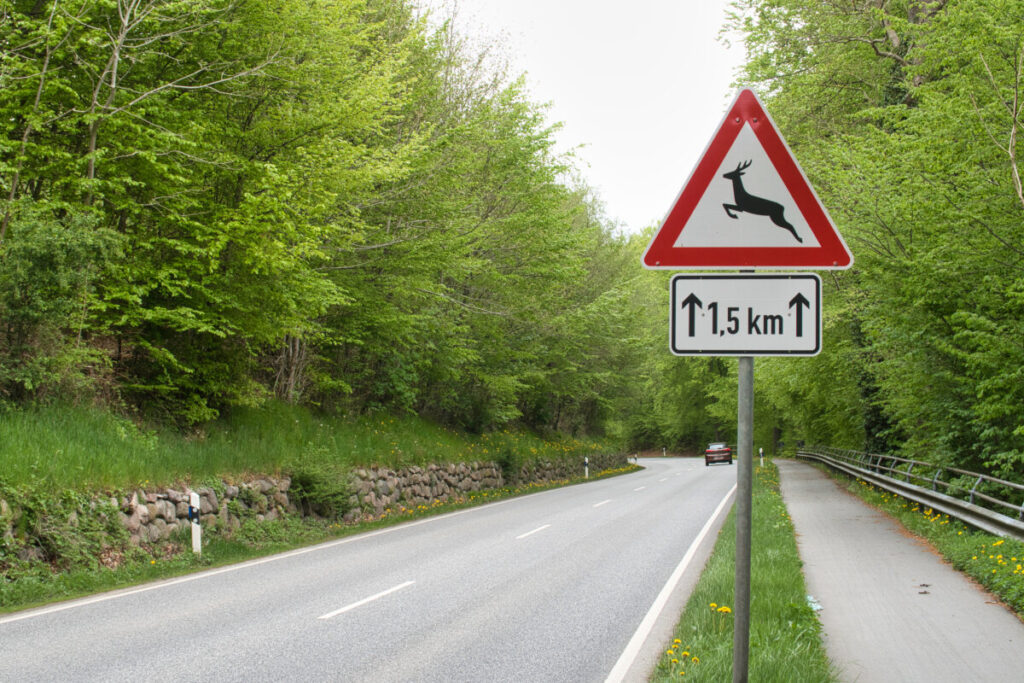
Steer Your Way Through Deer Season Safely
Autumn’s arrival brings nature’s splendor into full color. But fall months are also among the most active for deer and moose. Dusk, as the sun begins to fall and when visibility is lower, is when you’re most likely to encounter a deer on the roadways. Sunrise accidents are also common.
Here are some tips to help you (and the deer or moose) stay safer this fall driving season.
Stay focused
Modern life brings both convenience and distractions, including cell phones, navigation devices, and in-car entertainment like stereos or satellite radio. Stay focused on the road, scanning the roadside as well for animals that might enter the roadway.
Look for potential trouble areas
Deer or Moose can cross the road just about anywhere. But some areas may be more common than others, warranting extra care.
Be watchful in areas where:
• Roads cross creeks or rivers, or border lakes
• Woods appear on either side of the road
• Fields border the road
• Fenced areas end at the roadside
Wildlife crossing signs are posted at the roadside
Deer are herd animals
Moose often travel alone, but during mating season, you may see more than one moose at a time. However, deer are herd animals and if you see one, there are likely to be others nearby. Be alert to additional deer entering the road if a first one does.
Slower is safer
Avoid speeding and slow down if you see deer or are traveling in the early morning or at dusk. It’s impossible to know which way a deer will move or if they will move at all as you approach on the roadway. Shaving some speed off your driving gives you more room for braking and more time to react.
Honk if you love deer (or moose)
A series of short beeps with your car horn alerts animals of danger may act as a deterrent that prevents them from getting into harm’s way.
Flash your high beams
Deer eyes reflect headlights. If you see some glowing lights in the road ahead at night, it’s probably not an alien invasion. Chances are better that it’s deer, hidden by darkness. Flash your high beams to encourage deer to find a safer place to stand.
Wear your seatbelt
Accidents of any type can cause serious injuries to you or your passengers. Be sure everyone is buckled up before you turn the key in the ignition.
Avoid sudden swerving
Often, our first instinct might be to swerve to the left or right to avoid a deer, moose, or any other animal. A better strategy is braking in a straight line. Sudden swerves at speed can lead to an accident or even a rollover. Keeping control of the vehicle is paramount and straight-line braking removes the guesswork about which way the animal will go to avoid you.
Report any accidents
Sometimes, there’s little you can do to avoid an accident. If you do have an accident involving an animal and need to make a claim for damage, contact the local authorities before leaving the scene. A police report provides helpful information your insurer can use to get your claim processed.